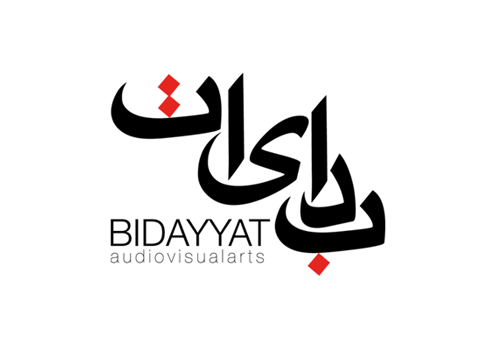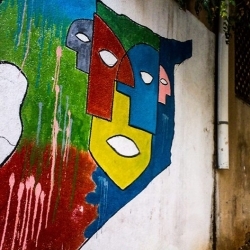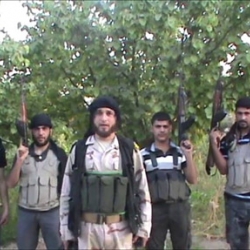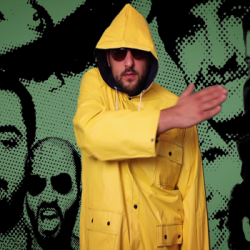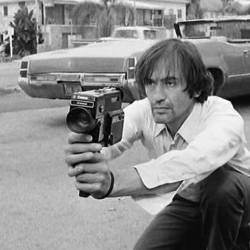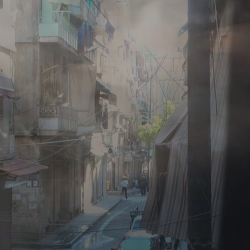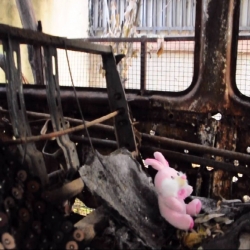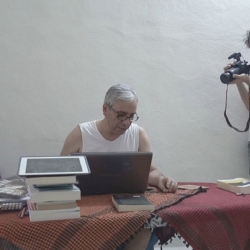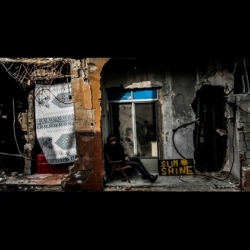Kaelen Wilson-Goldie on Bidayyat
01/02/2019
Author: Kaelen Wilson-Goldie
Link to the original article from here
Late in the summer of 2018, the offices of Bidayyat – a five-year-old organization supporting artists and filmmakers from Syria – were being pulled in opposite directions. About half a dozen people were working in a warren of rooms located on the top floor of an unassuming apartment building in the Beirut neighbourhood of Gemmayzeh, a few doors down from the Arab Image Foundation and seven stories above the restaurant Le Chef, which is famous for being both uncommonly cheap and resilient to gentrification. The city outside was falling into a lethargic August slumber: shops were closing; everyone was going on holiday. Bidayyat, however, was buzzing with nervous energy.
One of the films it counted as part of its growing family, Sara Fattahi’s second feature, Chaos(2018), about three Syrian women dealing with variations on war and exile – which was made, in part, with a grant from Bidayyat – had just won a major prize at the Locarno International Film Festival in Switzerland. Another film, Saeed Al Batal and Ghiath Ayoub’s Still Recording (2018) – a masterful rumination on the role of the cameraman in the face of extreme violence, which was produced by Bidayyat and pieced together from 450 hours of footage shot over four years by eight cameramen, one of whom was killed – had been selected for the critics’ week at the Venice Film Festival. (It won five prizes there, including the audience award.) The screening was just days away, but one of the directors, Ayoub, had yet to receive his visa. The office was swept up in the anxieties of contingently booking his flight, last minute, in one of the busiest travelling times of the year.
Perhaps to direct all of that energy elsewhere, Al Batal and Ayoub were fiddling with the final edit. In a room lined with low couches – otherwise empty except for a few chairs, a big desk and an oversized screen – they periodically glanced at an elaborately annotated graph they had drawn in chalk across an entire wall, painted black. A harrowing line sloped down from the upper left corner to the lower right. This represented the number of characters in the film: a number dramatically reduced over those four years by air strikes in the Damascene district of Jobar, chemical attacks in the Eastern Ghouta suburb of Douma and torture by the regime of Bashar al-Assad. Below the graph, adding levity, was a series of colourful glyphs, symbolizing the people who worked on Still Recording: turning gears for Al Batal, spectacles for Ayoub, a chemist’s beaker for one editor, Raya Yamisha, a more menacing scythe for another, Qutaiba Barhamji, and a set of measuring scales for the artist and filmmaker Rania Stephan, who served as an advisor on the film.
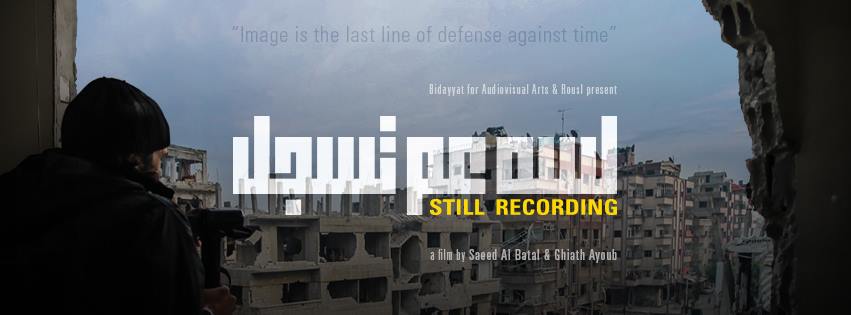
Saeed Al Batal and Ghiath Ayoub,Still Recording, 2018. Courtesy: Bidayyat for Audiovisual Art
The material that makes up Still Recording was smuggled out of Syria on seven hard drives. Plenty of footage was lost along the way, either destroyed or inexpertly archived. Much of the ‘writing’ of the film happened during editing, whittling down so many days and years of rushes to give a narrative coherence. Loosely, it tells the story not only of the war that began as a nonviolent protest movement in 2011 but also, more poignantly, of two friends, Saeed and Milad. They are, in their own ways, misfits – skinny and bedraggled kids with long hair, eccentric and dreamy art-school students who prove to be mind-bogglingly industrious in the midst of an unconscionable struggle.
From the opening scenes, the film plunges viewers immediately into the fighting – with weapons, with rhetoric, with uploaded video footage – but only slowly unravels the details of these two deeply charismatic young men who find themselves, or maybe put themselves, in extreme danger while considering the profound ethics of image-making in times of war as well as the great, if also discomforting, privilege of artists, through the ages, to do so. In searching for ways to visualize the film as it was being made: ‘We tried everything,’ Al Batal told me. ‘We had pieces of paper taped on a table. We made an Excel sheet. Finally, we just mapped it out with chalk.’ Al Batal and Ayoub looked at each other and laughed. On that day of splendid August humidity and Mediterranean sunshine, sitting in a darkened room with its hand-drawn axes of life and death, it was hard to shake the tremendous weight of gratitude one felt simply for being alive in that moment, capable of laughter, and able to make anything at all.

Ziad Kalthoum, Taste of Cement, 2017. Courtesy: Bidayyat for Audiovisual Art
The story of Bidayyat is a quiet one but it captures something essential about the dramatic shift in Syrian filmmaking that occurred with the war. Before 2011, the country was known for a slow, lumbering, often-brilliant style of auteur cinema that had been honed over decades by dissidents in disguise – such as Ossama Mohammed and the late Omar Amiralay. Their political critique was coded and highly sophisticated, their aesthetic indebted to the cold war and their training undertaken in some of the Soviet Union’s most established film institutes. But, as Bidayyat’s director Mohammad Ali Atassi puts it, not without love for that generation, many of those filmmakers were simply lost when the war began. ‘They didn’t know what to do,’ he said. The pace of events was breakneck and mutable. Their tools and working methods were too slow. The work of Bidayyat focuses on the first, frenetic efforts of activists and citizen journalists who, with time and some thoughtfully open-ended training, are only now beginning to see themselves as artists and filmmakers in their own right, with ambitions beyond the crucial, if also undeniably compulsive, need to document events all around them.
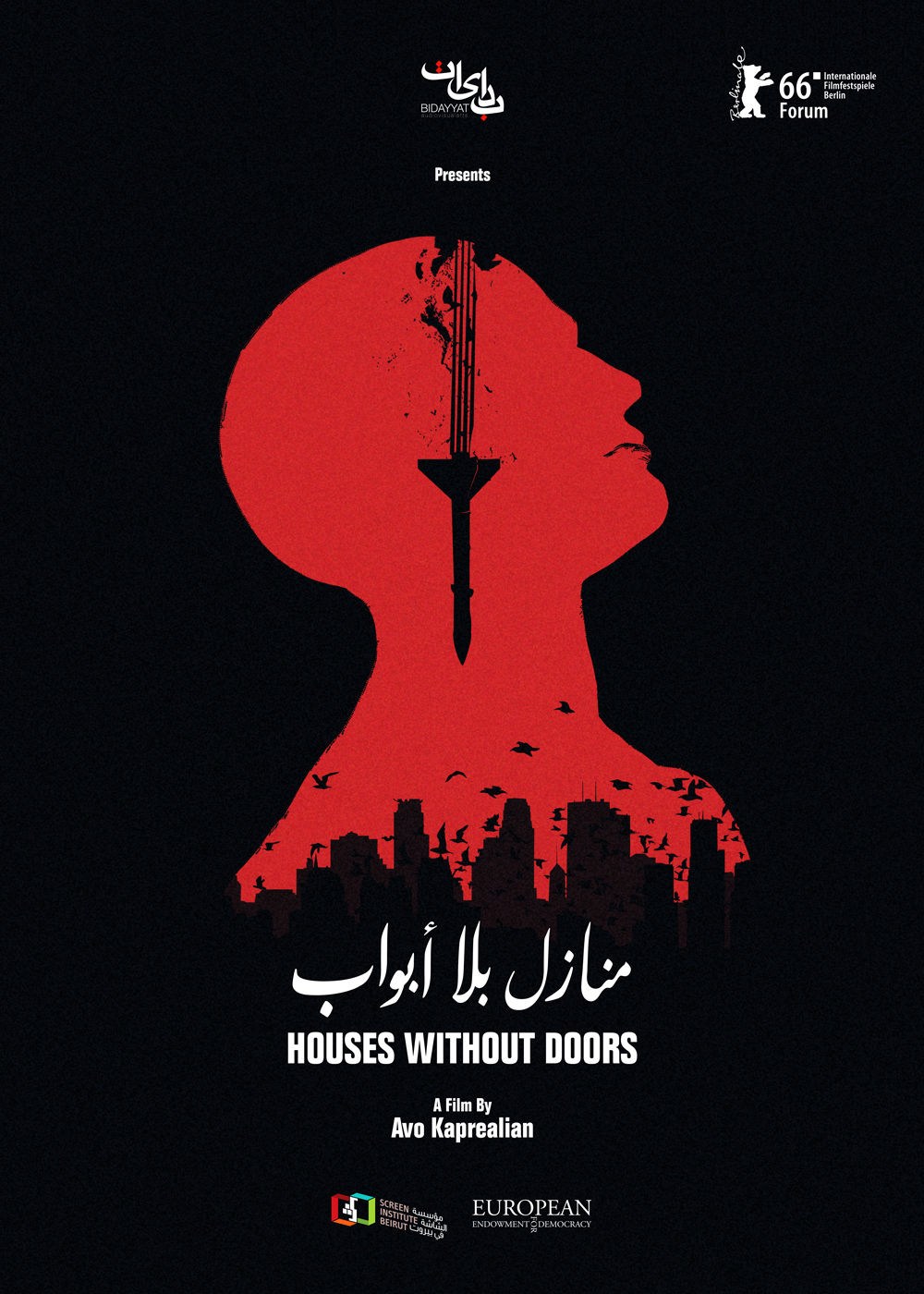
‘Behind these two directors,’ Atassi told me, gesturing to the room where Al Batal and Ayoub were still working, ‘behind Bidayyat, behind this work, is an ethics about footage and a reflection on the image. Saeed is Alawi. Ghiath is Christian. They are undoing all of what the regime tried to do for years. This is a very important counterimage. We can speak about a new wave in terms of the situation they are responding to. But the turning point is digital. This is one of the most important common points among this generation. With the Arab spring and the revolution in Syria, they killed their fathers. They work without looking to their fathers. This is a huge freedom, but also a huge chaos. One of the reasons we do the work we do is in response to this situation.’
It’s no exaggeration to say that the war in Syria, among so many other things damaging and destructive, has fundamentally changed the nature and rhythm of Beirut. According to Human Rights Watch, there are now thought to be more than 1.5 million Syrian refugees in Lebanon – a country of just 4 million – and close to 50,000 Palestinian refugees from camps in Syria have also moved into the country. In terms of electricity, public transport, access to clean water, rubbish collection, the labour market and schools, this has strained the country’s infrastructure to breaking point. It has also brought out some of the ugliest acts of racism imaginable among the Lebanese against their Syrian brethren. Bidayyat is its own counterimage, an example of the tremendous cultural enrichment that may be one of the only positive consequences of the war: a development worthy of the warm enthusiasm with which it has been met, in and around the city. Ziad Kalthoum’s Taste of Cement (2017) – a gorgeous and jolting film on the ambiguous conditions of Syrian day labourers in Lebanon, which was also produced by Bidayyat – is a major contribution to the cinema of and about Beirut and a vital document of the city’s own postwar reconstruction era. Avo Kaprealian’s Houses Without Doors (2015) threads the story of the Syrian war into the plight of Armenians in Aleppo since 1915, while also paying lively homage to the history of film. Taken together, these films offer a picture of a pieced-together family, a reassembled community, a possible country, and the response of contemporary art, as a collective effort, to the wars of our time.



